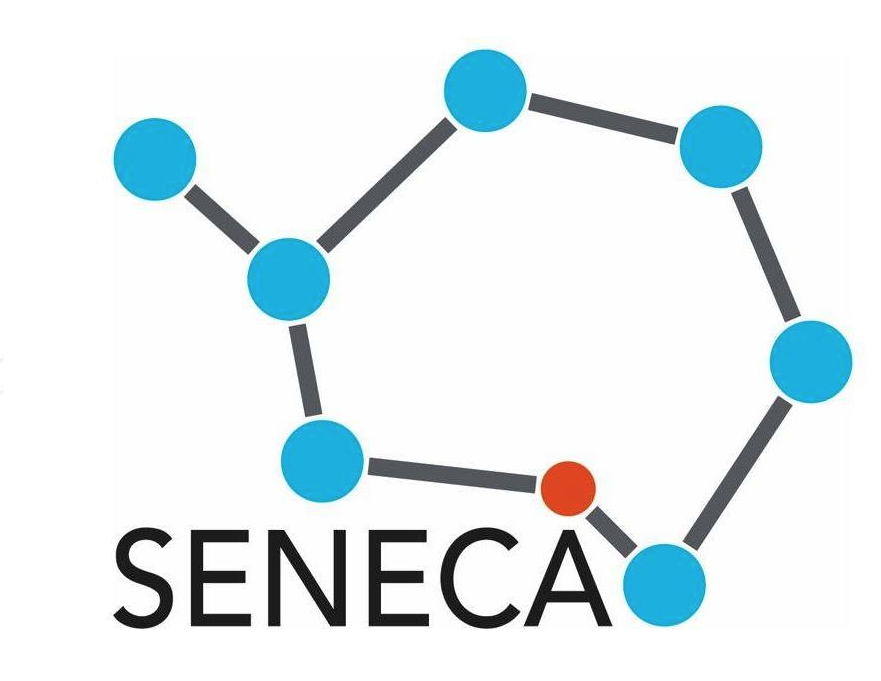 A team of scientists* from Italy, New Zealand, Norway and Switzerland are collecting data in the Dry Valleys in Antarctica as part of a two-year programme to investigate the natural gas emissions in this part of the continent.
A team of scientists* from Italy, New Zealand, Norway and Switzerland are collecting data in the Dry Valleys in Antarctica as part of a two-year programme to investigate the natural gas emissions in this part of the continent.
Current global climate changes represent a threat for the stability of the polar regions and may result in cascading broad impacts. Studies conducted on permafrost (ground that remains at below 0°C for two years or longer) in the Arctic regions indicate that these areas may store almost twice the carbon currently present in the atmosphere. Therefore, permafrost thawing may potentially cause a significant increase of greenhouse gas concentrations in the atmosphere, compounding the global warming effect. Although several studies have been carried out in the Arctic regions, there is a paucity of data available from the Southern Hemisphere. The SENECA project aims to fill this gap and to provide a first estimate of gas concentrations and emissions from permafrost and/or thawed shallow strata of the Dry Valleys in Antarctica. The Taylor and Wright Valleys represent one of the few Antarctic areas that are not covered by ice. These vast regions display frozen soil that extends over ~3,000 Km2 forming one of the most extreme deserts on Earth representing an ideal target for permafrost surveys.
The SENECA team is now investigating targeted regions of the Dry Valleys conducting a multidisciplinary field expedition. The scientists will camp for 40 days in harsh conditions collecting and analysing soil gas and water samples, measuring CO2 and CH4 flux exhalation, investigating the petrological soil properties, and acquiring geoelectrical profiles. The data obtained will be used to 1) derive a first total emission estimate for methane and carbon dioxide in this region of the Southern Polar Hemisphere, 2) locate the potential presence of geological discontinuities that can act as preferential gas release pathways, and 3) investigate the mechanisms of gas migration through the shallow sediments. These results represent a benchmark for measurements in these climate sensitive regions where little or no data are currently available.
To learn more about the SENECA project and the ongoing field activities, search their website and Facebook page.
*SENECA team: Livio Ruggiero, Alessandra Sciarra, Fabio Florindo, Massimiliano Ascani (INGV), Maria Chiara Tartarello, Valentina Romano (Univ. Sapienza), Adriano Mazzini (CEED-Univ.of Oslo), Claudio Mazzoli (Univ. Padova), Gary Wilson (GNS-Otago Univ.), Bob Dagg, Jacob Anderson, Richard Hardie (Otago Univ.), Rachel Worthington (Blake Ambassador).
